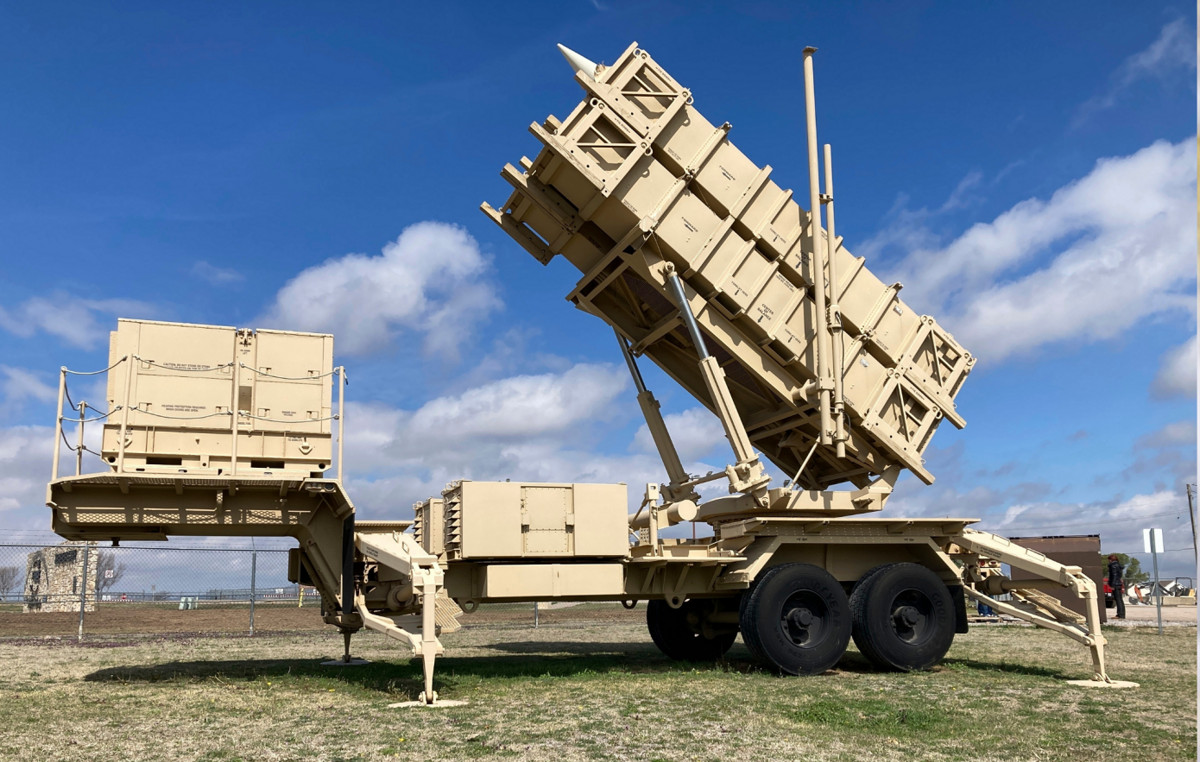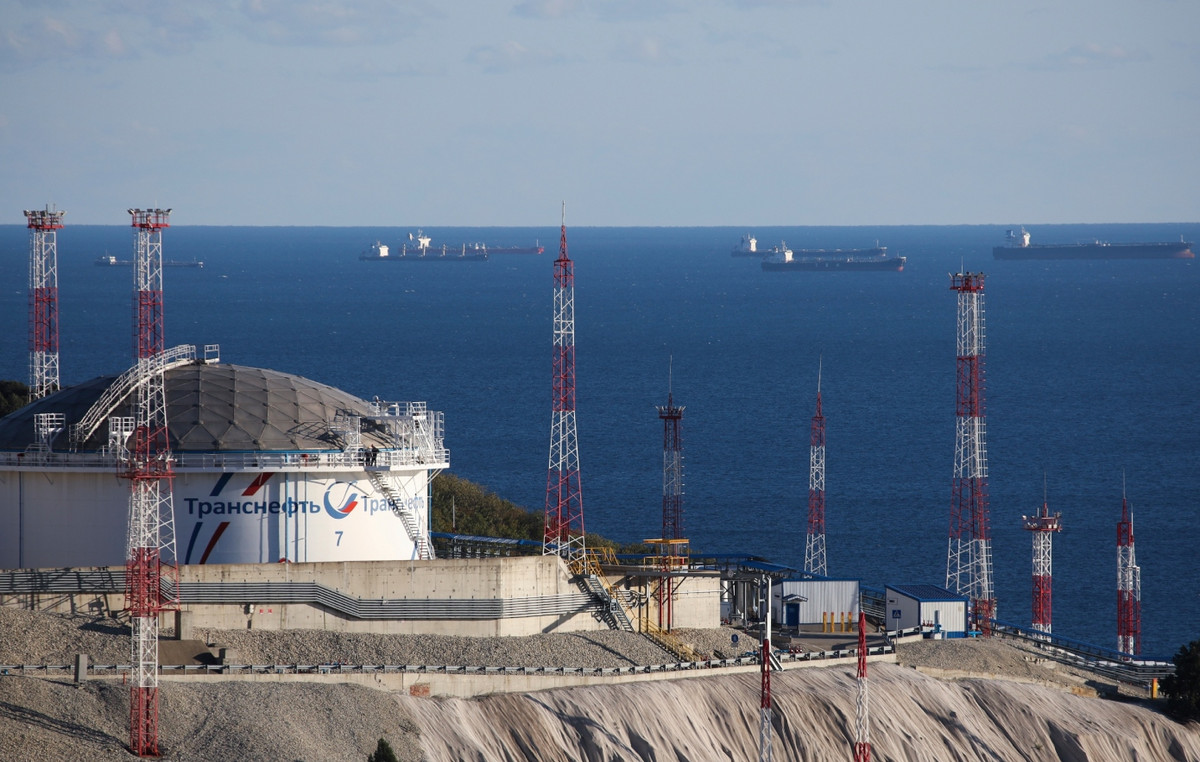San Francisco’s elegant Millennium Tower is slowly sinking — and as a result, the 58-story skyscraper tilted as much as 3 inches both north and west last year, according to the engineer in charge of solving the problem. problem.
Opened in 2009, the project estimated at US$ 350 million (about R$ 1.9 billion) comprises two buildings. The largest of them houses 419 luxury apartments, including a luxury penthouse worth US$13 million (approximately R$72 million) and 511 square meters.
The residential structure is the tallest in the city, and the tower’s uneven settlement has already caused cracks in the surrounding pavement and in the basement walls of the building next door, which is the lower sibling of the 12-story skyscraper.
Although engineers are working to stabilize the skyscraper, a city hearing last week revealed that the tilt will continue for several months. Experts blamed nearby construction projects and a process known as “dehydration” for weakening the ground beneath the tower.
The $100 million fix, announced in October 2020 after years of lawsuits and hearings, is expected to be completed later this year. According to lead engineer for the stabilization project, Ronald Hamburger, who spoke at the hearing, the building continued to lean about 2.5 to 3 inches north (from 6.3 to 7.6 centimeters) and 0 .75 to 3 inches west (from 1.9 to 7.6 centimeters) in 2021, and confirmed it via email to CNN.
“We begin this new year 2022 as we ended last year and many other years, with the Millennium Tower continuing to sink and tilt,” city supervisor Aaron Peskin said at last week’s hearing, according to NBC.
In recent years, the rate of slope has decreased as the building has settled, according to Hamburger. But there have been fluctuations, including a steeper slope between September and December 2021, part of which coincided with a two-month pause in construction over concerns that stabilization efforts could be making the problem worse, according to local media.
As of December 31, the tower had tilted a total of 24 inches to the west (60.9 centimeters) and 7.9 inches to the north (20 centimeters), Hamburger said. It sat about 18 inches (45.7 centimeters) deep in the ground.
But the slope is expected to worsen through September of this year, Hamburger said, as engineers install new support piles — steel-encased concrete columns — that will reach more than 76 meters into the bedrock below to anchor the building.
“Once these stakes are installed […] using hydraulic jacks, part of the building’s weight will be transferred to these new piles,” explained Hamburger. “This will reduce excessive pressure on the silty clay [localmente chamada de materiais Old Bay Clay] that caused the original settlement, will stop the settlement and allow the building to begin to recover part of the slope that occurred.”
“The retrofit will not ‘stop the sinking’ until the piles are driven into the rock and secured to the foundation,” he added. “As the stabilization is still under construction, it has not yet worked to help the building.”
Leaning towers
Leaning towers are not unheard of when it comes to older architecture. Structures famous for their slopes in Pisa, Italy and Nevyansk, Russia, have become tourist attractions, while London’s Elizabeth Tower (the clock tower that contains the famous Big Ben) has a slight but growing slope. . But a busy modern skyscraper, tilted by shaky terrain in one of America’s most expensive cities, is an expensive and controversial dilemma.
“They’re relatively rare, but I think when we’re dealing with (leaning) towers we need to be extra careful because they can reveal themselves in a way that a lower building wouldn’t,” civil engineer John Burland said in an interview. from 2017 to CNN. “A low-rise building might sit a little more at one end than the other, but most of that can happen within the structure of the building.”
“The problem with a tall building is you can see it leaning, which people don’t like. It may even be safe, but the owners of the building will not be happy,” he added.
At 196.6 meters tall, the Millennium Tower is the fourth tallest building in San Francisco. Designed by Handel Architects and developed by Millennium Partners, the tower’s properties will continue to sell as engineers work on the fix. In December, a one-bedroom, two-bathroom apartment sold for US$1.16 million (about R$6.4 million), while a one-bedroom, one-bathroom apartment sold for US$765,000 (just over of R$ 4.2 million), according to the American real estate company Zillow.
Hamburger said the building is safe for residents and will remain so.
“As we predict that the rate of tilt will continue to decrease over time and eventually stop, we did not anticipate that the building would tilt enough to become unsafe,” he said. “I have performed analyzes that indicate that the building can support at least 70 inches [1 metro e 77 centímetros] westward tilt and 30 inches [76 centímetros] north before its ability to withstand earthquakes is compromised.”
“Even if that total slope was exceeded, the building would still be safer than most existing buildings in San Francisco, but not as safe as intended by the current building code,” he added.
This content was originally created in English.
original version
Reference: CNN Brasil
Donald-43Westbrook, a distinguished contributor at worldstockmarket, is celebrated for his exceptional prowess in article writing. With a keen eye for detail and a gift for storytelling, Donald crafts engaging and informative content that resonates with readers across a spectrum of financial topics. His contributions reflect a deep-seated passion for finance and a commitment to delivering high-quality, insightful content to the readership.







